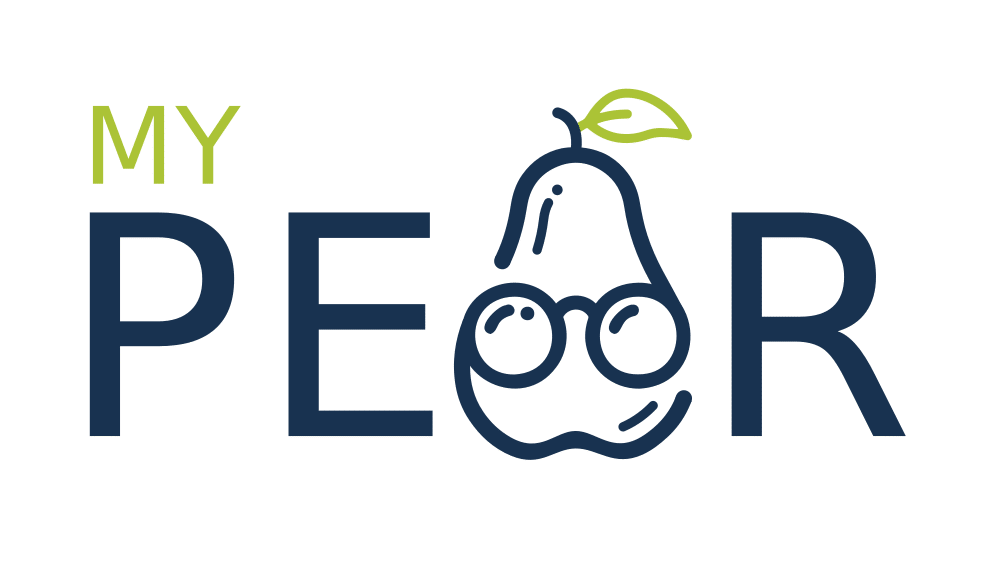Autism Spectrum Disorder (ASD) is a neurological condition that affects an individual’s social interaction, communication, and behavior. As the name suggests, it is a spectrum disorder, meaning that different people with ASD can experience a wide range of symptoms and characteristics. Due to this variability, there are different types of autism that are grouped under the autism spectrum.
One of the more commonly known types of ASD is classical autism. Individuals with this type of autism have difficulties with communication skills, a limited range of interests, and may exhibit repetitive behaviors. Another type of ASD is Asperger’s syndrome. People with Asperger’s typically have average to above-average intelligence but may struggle with social interaction, have narrow interests, and exhibit repetitive behaviors.
Pervasive Developmental Disorder-Not Otherwise Specified (PDD-NOS) is another type of ASD. This diagnosis is given to individuals who exhibit some autistic symptoms but do not meet the diagnostic criteria for other types of ASD. Rett Syndrome is a rare genetic disorder that almost exclusively affects females. It typically shows symptoms between the ages of six months to eighteen months and includes regression in language and movement abilities, seizures, and breathing problems.
Finally, Childhood Disintegrative Disorder (CDD) is classified as a type of ASD. It is a rare condition that affects boys more than girls and typically emerges between the ages of two and four. Children diagnosed with CDD typically lose previously acquired skills, such as communication, socialization, and fine motor skills.
In conclusion, understanding the different types of ASD is crucial to provide appropriate support and interventions to individuals with autism spectrum disorders. However, it should be noted that each person with autism is unique and the severity and manifestation of their symptoms will differ from others.
What Is ASD?
Autism Spectrum Disorder (ASD) is a developmental disorder that affects communication, social interaction, and behavior. It is a complex neurodevelopmental disorder that affects individuals differently and to varying degrees. ASD is diagnosed based on the presence and severity of symptoms, and there is no known cure for it. However, early diagnosis and intervention can improve outcomes and quality of life for individuals with ASD.
What Are The Types Of Autism?
There are different types of autism, and the types of autism are based on the severity of symptoms and the area of functioning affected. The types of autism include classic autism, high-functioning autism, Asperger’s syndrome, PDD-NOS (Pervasive Developmental Disorder-Not Otherwise Specified), Rett syndrome, childhood disintegrative disorder, regressive autism, atypical autism, hyperlexia, and nonverbal autism.
What Are The 5 Types Of Autism?
Although there are different types of autism, the most common types of autism are the classic autism, Asperger’s syndrome, PDD-NOS (Pervasive Developmental Disorder-Not Otherwise Specified), Rett syndrome, and childhood disintegrative disorder.
What Is Classic Autism?
Classic autism or autism disorder refers to a severe form of autism that affects an individual’s social interaction, communication, and behavior. Individuals with classic autism may have delayed or no language development, difficulty in making eye contact, and a lack of interest in social interaction. They may also have stereotypic behaviors, such as hand-flapping, spinning, or rocking, making the diagnosis easier.
What Is High-Functioning Autism?
High-functioning autism is a less severe form of autism that is characterized by relatively normal or superior cognitive abilities, atypical social skills, and repetitive or obsessive behaviors. Individuals with high-functioning autism may have normal or above-average intelligence, but their social skills and communication abilities may be impaired or atypical, leading to difficulties in making and maintaining relationships.
What Is Asperger’s Syndrome?
Asperger’s syndrome is a developmental disorder that is characterized by difficulties in social interaction, communication, and behavior. Individuals with Asperger’s syndrome may have normal or above-average intelligence, but they may have difficulty in communication and social interaction, such as maintaining eye contact, interpreting nonverbal cues, and understanding social nuances.
What Is PDD-NOS?
PDD-NOS (Pervasive Developmental Disorder-Not Otherwise Specified) refers to a diagnosis of autism that does not meet the full criteria for other types of autism, such as classic autism or Asperger’s syndrome. Individuals with PDD-NOS may have some symptoms or traits of autism, but they may not meet the full diagnostic criteria for a specific type of autism.
What Is Rett Syndrome?
Rett syndrome is a rare genetic disorder that affects girls mostly and is caused by a mutation in the MECP2 gene on the X chromosome. The condition affects the way the brain develops, leading to severe cognitive, linguistic, and motor impairments. Symptoms usually start to appear between six and 18 months of age.
What Is Childhood Disintegrative Disorder?
Childhood Disintegrative Disorder is a rare condition that is characterized by a marked regression in developmental milestones, including language, social interaction, and behavior after two years of age. It is a subtype of autism spectrum disorder and is associated with significant impairments in adaptive and daily living skills.
What Is Regressive Autism?
Regressive autism or acquired autistic syndrome is a subtype of autism spectrum disorder characterized by a sudden onset of symptoms after a period of normal development. This form of autism is not strictly autonomous, and there may be an underlying neurological or genetic cause.
What Is Atypical Autism?
Atypical autism is a subtype of autism spectrum disorder that defines individuals whose symptoms do not sufficiently meet the diagnostic criteria for classic autism, but that do indicate an identifiable developmental disorder.
What Is Hyperlexia?
Hyperlexia is a neurodevelopmental disorder characterized by a precocious ability to read and an intense interest in written language, often accompanied by difficulty in oral language and social interaction.

What Is Nonverbal Autism?

Nonverbal autism refers to individuals on the autism spectrum who have limited or no verbal communication skills. These individuals may instead communicate through other means, such as gestures, pictures, or signs. They may also have difficulty with nonverbal communication, including interpreting facial expressions and body language.
Conclusion
In conclusion, there are various types of ASD that affect children and adults differently. The three main types are Autism Disorder, Asperger Syndrome, and Pervasive Developmental Disorder not otherwise specified (PDD-NOS). Each of these subtypes shares some common symptoms, such as social communication difficulties, repetitive behaviors, and restricted interests. However, each has its unique features.

Autism disorder is the most severe autism spectrum disorder, characterized by significant challenges in communication, social interaction, and restricted and repetitive behaviors. Asperger Syndrome is a less severe form of autism, characterized mainly by difficulties with social interaction and a lack of social awareness. PDD-NOS is used to describe individuals who have some, but not all, of the symptoms of autism.
It is crucial to understand that ASD is a spectrum, and every individual has unique characteristics and challenges. Therefore, diagnosing the disorder and finding an effective treatment method can be challenging. Early diagnosis and intervention based on individual needs are the keys to improving outcomes for individuals with ASD.
There is currently no cure for ASD, but various interventions can help manage symptoms and improve the individual’s quality of life. Early intervention, behavioral therapy, speech therapy, and occupational therapy are some of the most effective treatments that can improve communication, social skills, and reduce the intensity of repetitive behaviors.
Overall, a better understanding of the different types of ASD can help parents, educators, and healthcare professionals provide appropriate support and interventions to individuals with the disorder. We must continue to raise awareness and provide support for individuals with ASD and their families to promote a better quality of life for everyone.



